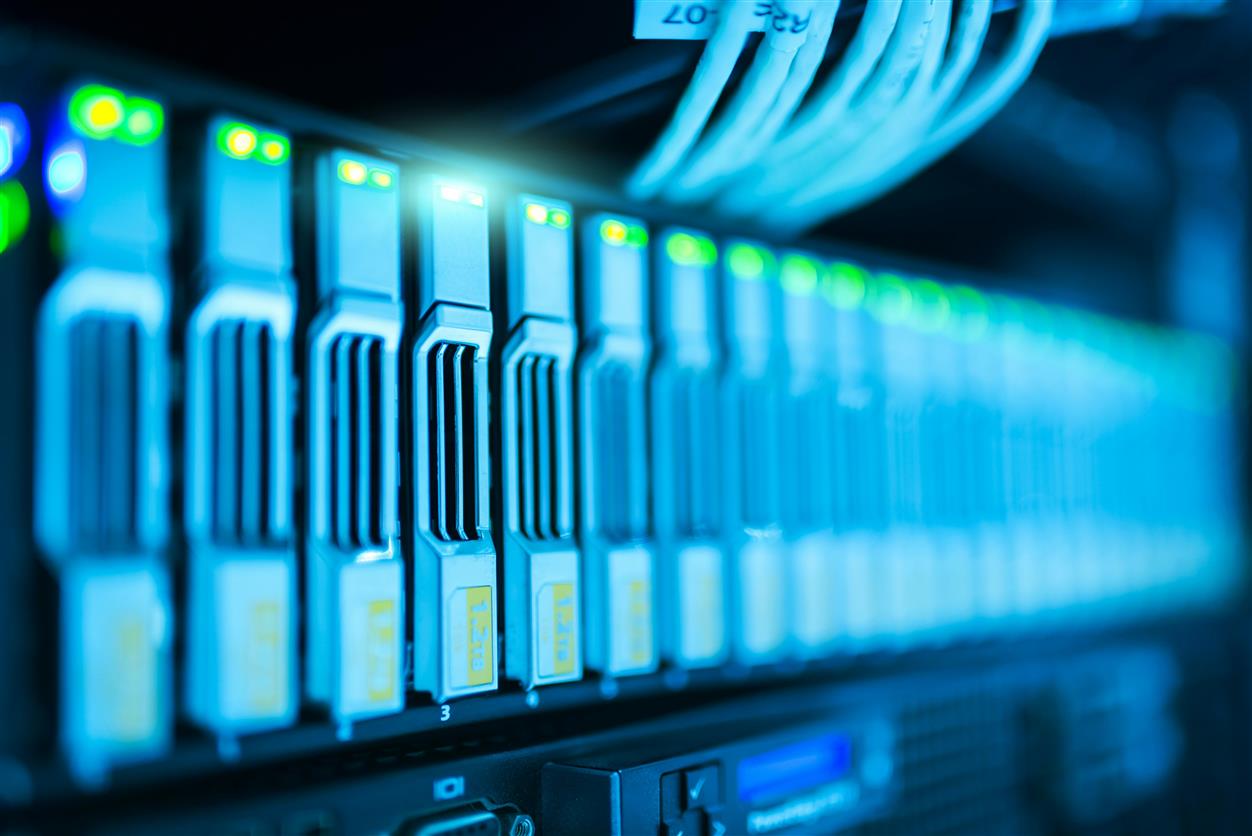
For centuries, the quest to cheat death was the stuff of myth and fantasy—alchemists chasing elixirs, pharaohs entombed in pyramids, fiction authors weaving dreams of eternal life. But in the 21st century, the conversation has taken a decidedly digital turn. Today, some of the boldest minds in tech and neuroscience are asking: What if death isn’t a full stop, but a transition? What if we could preserve a person—not just their memories or social media posts, but their actual consciousness—in the cloud?
This concept, often referred to as “digital immortality,” lives somewhere between scientific ambition and philosophical puzzle. At its heart is the idea that a human mind—thoughts, preferences, personality—can be simulated or transferred into a digital format. Think of it as uploading yourself, with the goal of living beyond your biological limits.
It sounds like science fiction. And for now, it largely is. But it’s no longer just hypothetical.
Memory Isn’t Enough
Already, there are startups offering digital afterlives in various forms. AI-powered “griefbots” can mimic the speech patterns and personalities of the dead, built from texts, emails, and voice notes. Companies like Replika and HereAfter.ai create chatbots that allow loved ones to “talk” to a digital version of a person who’s passed on.
But while these models can simulate style and tone, they’re just shadows—highly convincing, perhaps, but ultimately reactive. They don’t think independently. They don’t “feel.” They don’t evolve.
True digital immortality would require more than mimicry. It would mean transferring consciousness itself—the stream of awareness, memory, decision-making, and subjective experience that makes you you—into a machine.
And that’s where things get complicated.
The Brain Is Not a Hard Drive
To understand the challenge, it’s worth looking at what’s being attempted. The brain, with its roughly 86 billion neurons and trillions of connections, isn’t just dense—it’s dynamic. Neurons fire in patterns that change with every new experience. Memory isn’t a file stored in one spot; it’s a constantly updated network.
Capturing this with enough detail to digitally recreate it is still beyond us. Brain-computer interface companies, like Neuralink, have made headlines for implanting devices that read basic neural activity. But reading a few hundred neurons is a far cry from mapping an entire consciousness.
Even if we could scan a brain in high resolution—whether post-mortem or through some yet-to-be-developed method—the problem remains: how do you recreate the electrical dance of a living mind? Can software simulate not just thoughts, but sentience?
So far, no one knows. Some neuroscientists believe consciousness is an emergent property of complexity and may never be transferable. Others argue it’s only a matter of time and processing power.

The Storage of the Self
Let’s assume, for a moment, that one day we do crack the code. Your brain is scanned, replicated, and hosted on a quantum server farm in the Arctic. What does that mean? Would the resulting digital entity be you—or merely a convincing replica?
This is the philosophical tension at the heart of digital immortality. If your consciousness is copied, are you still alive in that copy? Or is it a new being with your memories and personality, while you—the original—still die?
Thinkers like Derek Parfit have wrestled with these questions for decades. Identity, it turns out, isn’t just about data. It’s about continuity. About the feeling that you are the same person from one moment to the next.
Would a cloud-based mind have that continuity? Would it feel pain, joy, nostalgia? Or would it be an actor on a digital stage, performing “you” without truly being?
A Market for Eternity
Despite the uncertainty, digital immortality has become a playground for billionaires and futurists. People like Ray Kurzweil and Sam Altman have spoken about life extension and mind uploading with more than passing interest. Cryonics companies have offered to freeze brains in hopes that someday the tech will exist to reanimate them in silicon.
For some, the appeal is legacy. For others, it’s fear of death. For a few, it’s a belief that consciousness is just code—and all code can be rewritten, preserved, or backed up.
A parallel market is emerging, offering digital vaults where people can store their thoughts, journals, even simulated personalities. The idea is that when the tech matures, those fragments can be reassembled into something more whole.
This raises a different set of questions: Who owns that version of you? Can it be monetized? Controlled? Deleted?
If digital immortality is ever achieved, it won’t just be a scientific event—it will be an ethical earthquake.
Risks of Playing God
The implications go far beyond the individual.
Imagine a society where the wealthy live forever in code, accumulating knowledge and influence indefinitely. Would that create a caste of digital immortals, with access to power the living could never match?
What happens if governments decide to resurrect leaders or thinkers from the past? Could dead generals strategize future wars? Could a loved one’s avatar be used against you in court, in advertising, in politics?
Digital consciousness also raises the specter of suffering. If a digital being is truly conscious, can it feel boredom? Isolation? Despair? What rights would such entities have?
And who decides whether they can die?

A Mirror of Our Age
The fascination with digital immortality says a lot about our time. It reflects our discomfort with limits. Our reliance on technology to solve existential problems. Our belief that death is a technical failure, not a natural conclusion.
In many ways, the dream of uploading ourselves is less about science than it is about control—an attempt to conquer time, biology, and uncertainty. It may also be a distraction, diverting attention from more immediate questions about how we live, how we age, and how we die.
And yet, the dream persists. Not because we’re arrogant, but because we’re human. Because even in a world where everything is digitized, some part of us still wants to last.
So, Are We Ready?
The short answer: no. The science is still in its early days. The ethics are largely unexplored. And the societal infrastructure needed to handle digital persons—if such a thing is even possible—doesn’t exist.
But the conversation is no longer theoretical. It’s on the horizon. It’s in the patents, the labs, the startups, and the forums. It’s in the wills of tech moguls and the codebases of experimental AI.
Digital immortality may not be here today. It may never arrive in the way we imagine. But it is, increasingly, a reflection of who we are—creatures caught between the fear of fading and the hope that, somehow, we won’t.
In the end, it may not be the cloud that holds us, but the stories we tell each other—and the question we keep asking:
What does it mean to live forever?






